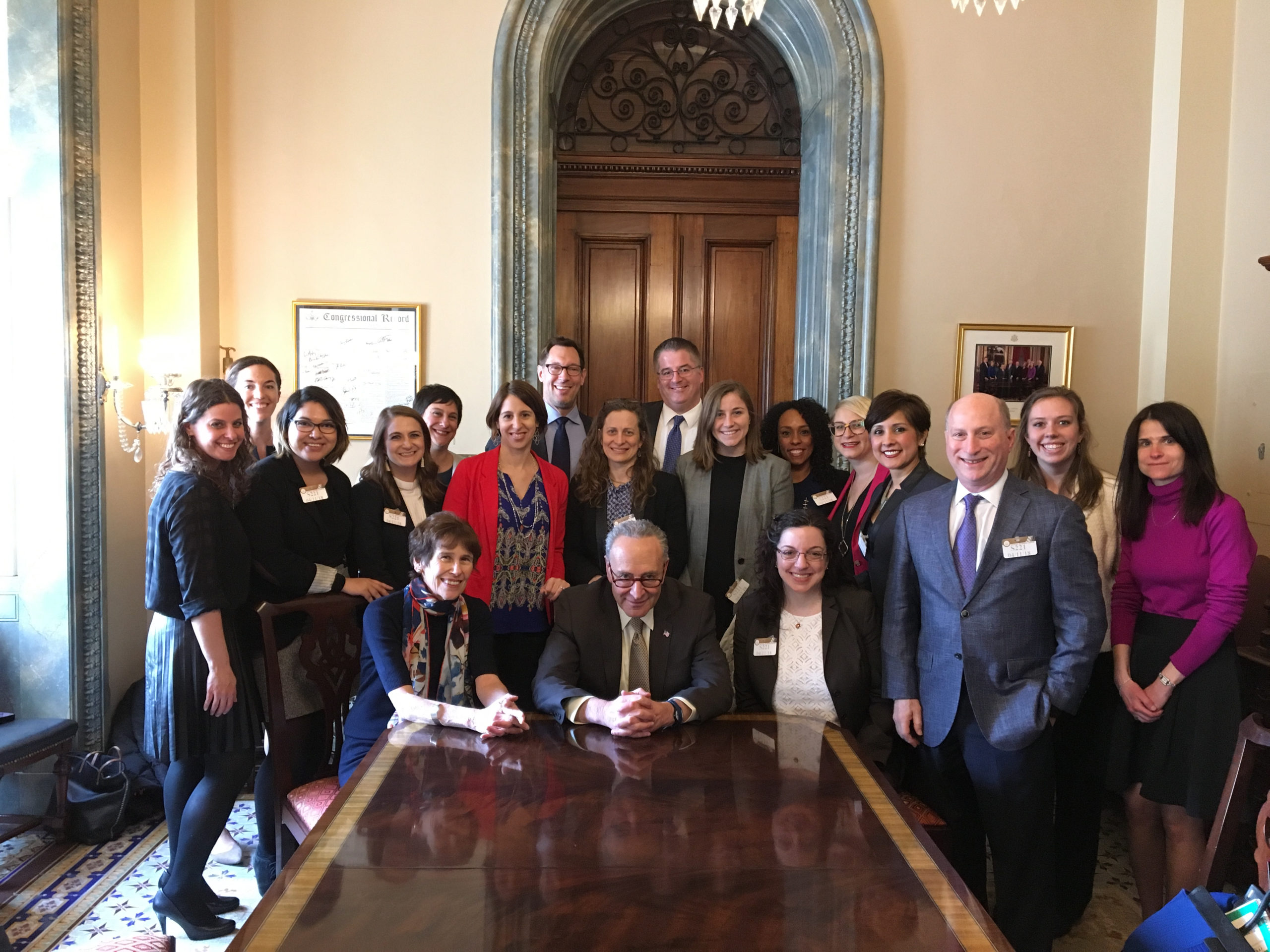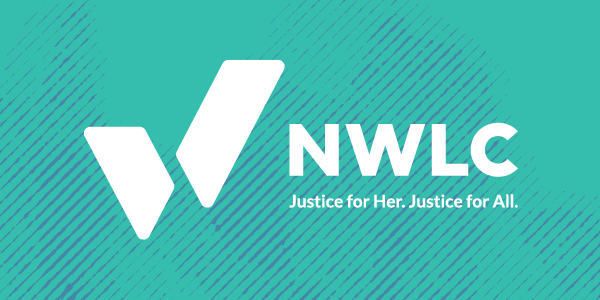Abortion rights, women of color, and LGBTQIA+ people are under attack. Pledge to join us in fighting for gender justice.
House Appropriations: How Did Child Care Fare?


Last week, the House Appropriations Committee marked up the Labor, Health and Human Services, and Education appropriations bill (Labor-HHS-Ed) for short). A “markup” is essentially where a committee or subcommittee debates, amends, and prepares a bill for its introduction to the whole chamber.
This year, the Labor-HHS-Ed appropriations subcommittee began this task with an allocation of $5 billion less than the previous year. After adjusting for inflation, that is fully $30 billion below the 2010 spending level. From the outset, they were going to have to make deep cuts to programs that support low- and moderate-income families. This is a major problem and one that advocates are fighting to fix by asking Congress to raise spending caps on discretionary spending programs.
Here is an overview of the funding levels for the child care and early learning programs in the House Labor, Health and Human Services, and Education appropriations bill.
- Approximately 200,000 fewer children could receive child care assistance next year through the Child Care and Development Block Grant (CCDBG) because it received an increase of only $4 million over last year’s funding level, bringing it to a total of $2.860 billion. While we are pleased that funding for this program was not cut as recommended in the Trump budget, a $4 million increase leaves huge gaps in affordability, quality, and provider pay for our nation’s primary child care program. The bipartisan 2014 CCDBG Reauthorization strengthened the program, but new measures to improve health and safety and access to child care assistance come at a cost for states. Unfortunately, Congress would need to have authorized approximately an additional $1 billion in order not to reduce the number of children receiving child care assistance.
- Preschool Development Grants, which are designed to build or expand preschool and infant and toddler programs in low-income communities, received the same funding as last year at $250 million. President Trump’s budget would have eliminated the program entirely.
- Approximately 191,000 school-age children will be left without access to quality after-school and summer learning programs because 21st Century Community Learning Centers was cut by $191 million, leaving total funding at $1 billion.While marginally better than Trump’s plan to eliminate these important after school supports, this funding cut of $191 million is a devastating blow to children and families.
- Eighty-six schools will lose child care assistance through the Child Care Access Means Parents in School program (CCAMPIS), which provides child care for parents in college, because it is abolished. This is particularly disappointing because the program costs only $16 million a year (a small sum in federal appropriations) and helps parents take classes to get their education and set themselves up for a successful career that will enable them to support their family for many years into the future.
- Head Start currently reaches less than half of eligible preschool age children[i] and Early Head Start reaches less than 5 percent of eligible infants and toddlers. [ii] Yet, the program only received an increase of $22 million leading to a total of $9.275 billion in funding. Again, this modest increase is better than the $85 million cut proposed in the Trump budget, but Head Start now faces new costs to increase the program to a full school day. The $9.275 will be appropriately divided among Head Start, Early Head Start, and Migrant and Seasonal Head Start.
It’s important to remember that these funding levels are not final. The Senate is expected to mark up their appropriations bill after August recess. In the coming weeks, it will be critical to communicate to your Senators about the importance of child care and other early learning programs. There remains an opportunity to push for more funding and urge them to produce a fairer bill for America’s families and children.
[i] National Women’s Law Center calculations based on data on Head Start enrollment in FY 2016 from Fiscal Year 2017 Administration for Children and Families Justification of Estimates for Appropriations Committees, 111, available athttps://www.acf.hhs.gov/sites/default/files/olab/final_cj_2017_print.pdf; and data on the number of children ages three and four in poverty from U.S. Census Bureau, Current Population Survey, 2016 Annual Social and Economic Supplement, Detailed Poverty Tables, POV34. Single Year of Age-Poverty Status: 2015, available at http://www.census.gov/data/tables/time-series/demo/income-poverty/cps-pov/pov-34.html.
[ii] National Women’s Law Center calculations based on data on Early Head Start enrollment in FY 2016 from Fiscal Year 2017 Administration for Children and Families Justification of Estimates for Appropriations Committees, 111, available athttps://www.acf.hhs.gov/sites/default/files/olab/final_cj_2017_print.pdf; and data on the number of children under age three in poverty from U.S. Census Bureau, Current Population Survey, 2016 Annual Social and Economic Supplement, Detailed Poverty Tables, POV34. Single Year of Age-Poverty Status: 2015, available at http://www.census.gov/data/tables/time-series/demo/income-poverty/cps-pov/pov-34.html.




